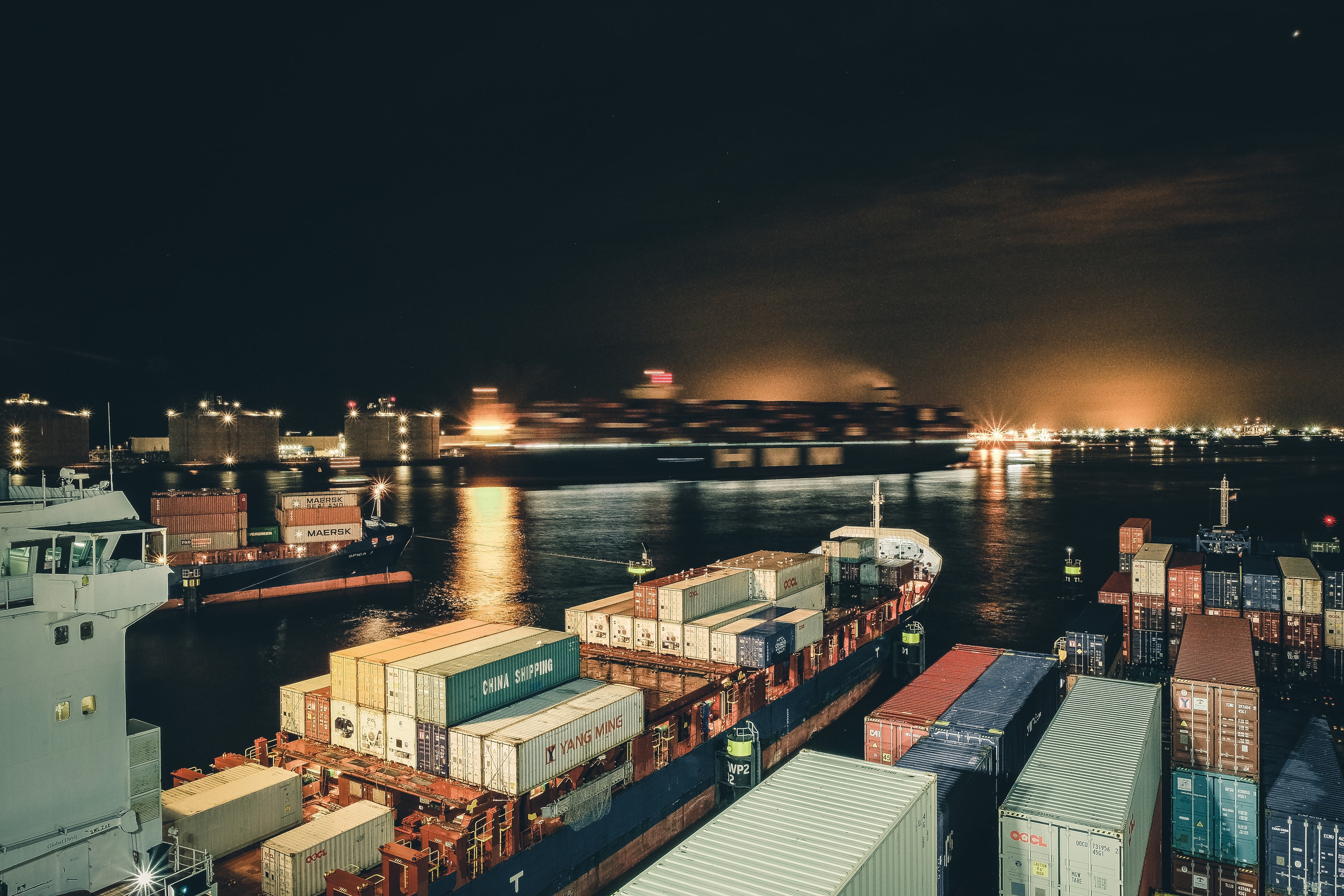|
A global drought of shipping container supplies has extended into 2021 and are driving up shipping rates in the new year.
In the final weeks of 2020, Container XChange’s Container Availability Index plunged to as low as 0.01 for 40-foot HC containers. Though the index has bounced back to 0.18 in recent weeks, that’s still down from 0.43 at this time last year.
The cost of chartering a 40-foot container from China to the US East Coast jumped more than 80% in December from June, according to Freightos data in Refinitiv Eikon. Rates on the busiest routes from China to the west and east coasts of the US ended the year 208% and 110% higher, respectively, than in 2019.
Per the Wall Street Journal, a 40-foot container arriving at the port of Charleston, S.C., in December cost Chen Yang, who runs a textile trading unit at a state-owned enterprise in the southern city of Hefei, around $7,500, up from $2,700 in April. He also has to book space on the vessel at least 20 days in advance, more than double the usual time.
According to Prime Success Enterprises Ltd., containers that once would have cost $2,000 to send across the Pacific are now being quoted as high as $13,000 for service before Chinese New Year in mid-February.
The shortage of containers is now beginning to affect other industries as well. Automakers around the world, for instance, are now bracing for a drag on deliveries of key components. Bloomberg notes that Volkswagen AG and Honda Motor Co. have had to reduce across several factories as they struggle to procure chips and other vehicle components. Indian auto manufacturers are bracing for their own parts shortages, which could mean possible production losses over the next three to four months.
While these costs have been rough on shippers, ports, and industries that depend on international deliveries, container manufacturers and leasing firms have benefitted strongly. Container lessor Textainer Group Holdings, for instance, has seen its stock soar more than 80% since the beginning of last year.
MRP first covered the growing container shortage last November. At the time, we noted that prices for new containers were surging and order sheets almost completely filled to capacity. Chinese manufacturers, which dominate the container market, were charging about $2,500 for a new container, up from $1,600 a year ago. Output in 2021 is forecast to leap as much as 40% with further growth anticipated in subsequent years.
The world’s largest equipment manufacturer, China International Marine Containers (CIMC) ― a subsidiary of state-owned China Merchants Group and China Cosco Shipping that makes almost 60% of the world’s dry containers ― told the Shenzhen Exchange last week that its orderbook was full until the end of March and its Shenzhen plant was operating double shifts to manage the demand.
Through December, JOC.com reported that Maersk had grown its 40-foot HC fleet by 9.7% in 2020 and expects to increase that by a further 2% in 2021. Hapag-Lloyd expanded its own container fleet by 8%.
Demand for 20-foot containers, as opposed to the traditional 40-footers favored among shippers, has seen a spike in demand, as cargo carriers become increasingly desperate for any extra capacity. China delivered 2.6 million 20-foot containers last year, with more than 70% produced in the second of 2020, according to the China Shipowners’ Association.
Per WSJ, major U.S. ports imported 2.21 million 20-foot containers in October, up 17.6% from a year earlier and setting a record since the National Retail Federation began tracking imports in 2002.
Nerijus Poskus, vice president for global ocean at San Francisco-based freight forwarder Flexport Inc., told Bloomberg that the world will need the equivalent of 500,000 more 20-foot containers – roughly enough to fill 25 of the largest ships in operation – to satisfy the current demand.
Triton International, one of the world’s largest container leasing companies, said in September that demand for containers accelerated rapidly in the third quarter of 2020, with utilization almost at full capacity.
“Given the fact that our inventory and the market inventory is so low, we have been ordering more than we might typically for next-year production at this point,” Triton CEO Brian Sondey said on a recent conference call. Triton has already placed $350 million of new container orders for 2021 delivery.
While times are good for those in the container business, some have raised worries about an eventual glut in shipping containers that may result from overproduction. Not only could shipping activity eventually slow, even if economic growth remains strong, but some are concerned that there is no actual shortage of containers at all – just severe logistical mismanagement.
Maritime research and analysis firm Drewry is out with a new report that says the problem is not a shortage of supply but rather a logistics problem, driven by inefficient repositioning amid the pandemic.
Drewry’s data analysis, cited by The Maritime Executive, is indicative of a sufficient equipment fleet to support ongoing cargo demand. Instead, the firm suggests that the disruption to container supply chains was wrought by the unprecedented number of blanked sailings (a sailing that is partially or fully cancelled), which reached as high as 30% of sailings on some trade routes in the second quarter of 2020. A strong recovery in shipping throughput in the latter half of the year took everyone by surprise, leaving container supplies stranded and mismatched to the areas where demand has been the strongest.
If the positioning of container supplies is normalized later in the year, container shortages could ease more quickly than expected and new supply, which may not have been needed in the first place, could cause shipping rates to tumble.
For now, however, it appears demand for new containers could remain buoyant through at least the first half of 2021. Container leasing firms similar to Textainer Group Holdings Ltd. (TGH) include Triton International Limited (TRTN) and CAI International Inc (CAI).
|


Leave a Reply